IFA 2013: highlights from the show
The full rundown of the big stuff we've seen
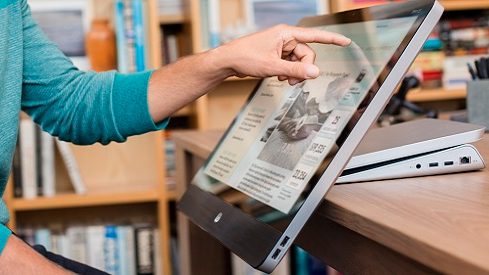
Lenovo at IFA 2013
Lenovo's IFA offering includes a pair new IdeaPads – the Flex 14, and Flex 15 dual-mode notebooks. The Flex line offers 14.1-inch or 15.6-inch display options that flip 300 degrees into "stand mode," bringing the 1366 x 768 or optional Full HD 1920 x 1080 touchscreen display closer to the user.
Lenovo also revealed its ThinkPad Yoga 2 Pro with a stunning display. Aimed at the business market and featuring Windows 8 Pro, the new model impresses with a whopping QuadHD+ 3,200 x 1,800 resolution touchscreen. The new model is also slightly thinner than the old version, at 1.5mm instead of 17.1mm, and there's also a bit of weight removed so it's now 1.4Kg.
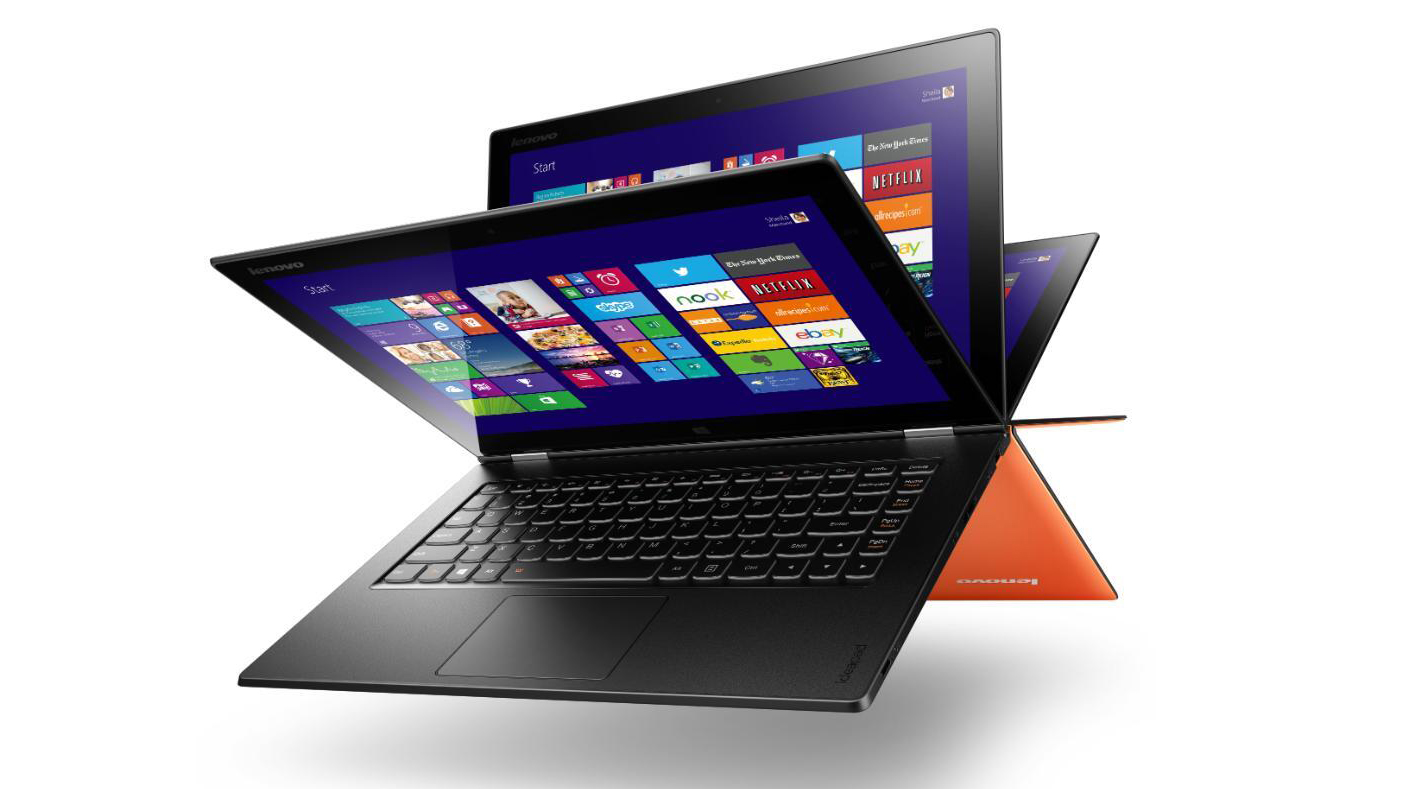
The largest PC maker in the world wants to get into your pocket, too, with its Vibe X smartphone. By 'your pocket' that's 'your pocket in China' as this handset, which Lenovo is basically marketing as being good for taking selfies, isn't likely to go on sale in the US, Europe or Australia.
Alongside the new Yoga 2 Pro and Vibe X smartphone, Lenovo also introduced a budget 7-inch Android 4.2 tablet called the S5000. This Nexus 7 rival is thinner and lighter than both the Nexus 7 and Asus's new MeMo Pad HD7 and although the rest of the specs aren't stunning, the price is attractive, aiming it squarely at the Nexus 7.
LG at IFA 2013
LG surprised us by bringing a rather nice little tablet to Berlin in the form of the G Pad 8.3, a slick and well-designed tablet that impresses without the headline specs.
In his hands-on review, Gareth Beavis noted that the premium feel of the tablet shows that this is "a company that's changing its mindset in the phones and tablets market."
It's a "really well-shaped device, throwing together a decent screen and mostly aluminium chassis for a sleek device that sits nicely in the hand," adds Gareth, concluding that LG may have just found a backdoor entrance into the tablet market.
Get daily insight, inspiration and deals in your inbox
Sign up for breaking news, reviews, opinion, top tech deals, and more.
LG also rocked up with the world's biggest Ultra HD curved OLED TV. The 77-inch curved set is "proof that we will never stop pushing the boundaries and exploring new possibilities" said LG. There's no word yet on a price, but we're thinking somewhere in the $OMG range.
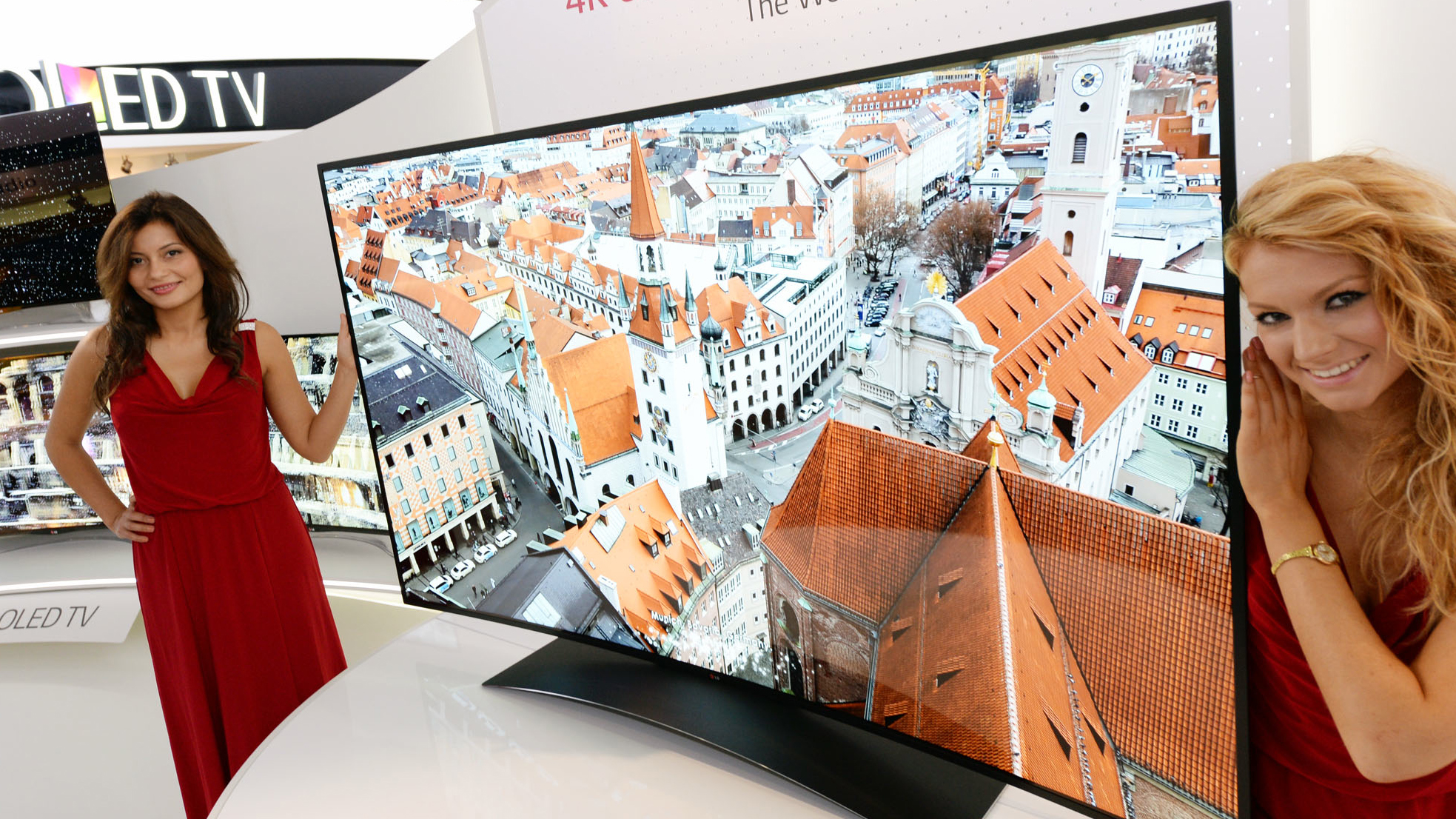
The smaller-but-still-curvy 55-inch OLED LG 55EA9800 TV popped up on LG's stand and although we're not espeically sold on curved TVs, Jamie Carter noted in his hands on that the technical viewing angle of the 55EA9800 impresses close-up, with little loss of contrast or colour when watched from the wings. "For now, though," concludes Jamie, "curved OLED seems, to us, a pure and pointless novelty."
On a slightly more affordable note, though again we have no idea of an actual price, we rather liked the LA9700 Ultra HD TVs from LG. Featuring motorised drop-down speakers and available in 55-inch, 65-inch and 84-inch variants, these TVs are all about superior audio.
Panasonic at IFA 2013
Panasonic finally joined the the 4K game in the world of television and announced its Ultra HD LED television, the Panasonic L65WT600.
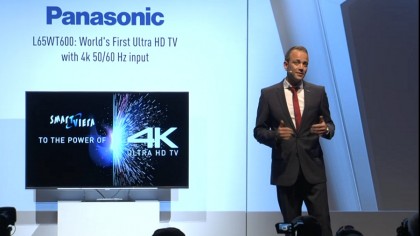
The WT600 is an update of its WT60 range, and according to Panasonic, the WT600 is the world's first television to make use of HDMI 2.0, which means that it will be able to accept 4K signals and 50- and 60p.
Philips at IFA 2013
Philips brought its first Ultra HD TV to the 4K party in the form of the Philips 65PFL9708, following the rule that televisions always have to be given completely unmemorable names. The 65-inch set plans to make Ultra HD a bit more affordable, bringing European buyers 3,840 x 2,160 pixels and "high-class" upscaling for a €5,000 price tag.
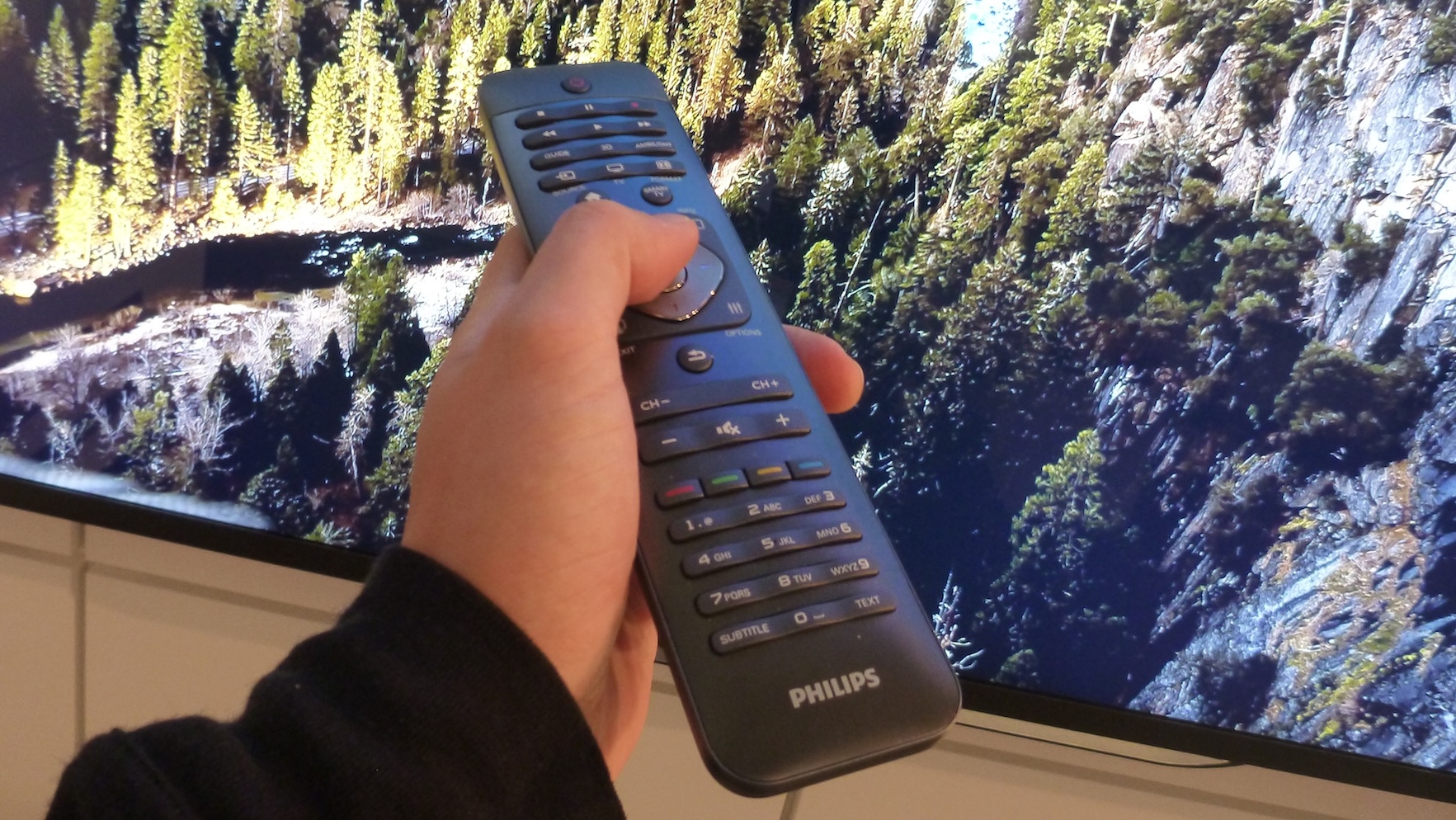
Jamie Carter got eyes-on with the new screen and was seriously impressed, saying "This looks like a brilliant first-generation Ultra HD TV. The picture is fantastic and the price is almost too good to be true."
After watching War Games and Tron more times that is healthy, Paul (Twitter, Google+) took his first steps online via a BBC Micro and acoustic coupler back in 1985, and has been finding excuses to spend the day online ever since. This includes roles editing .net magazine, launching the Official Windows Magazine, and now as Global EiC of TechRadar.